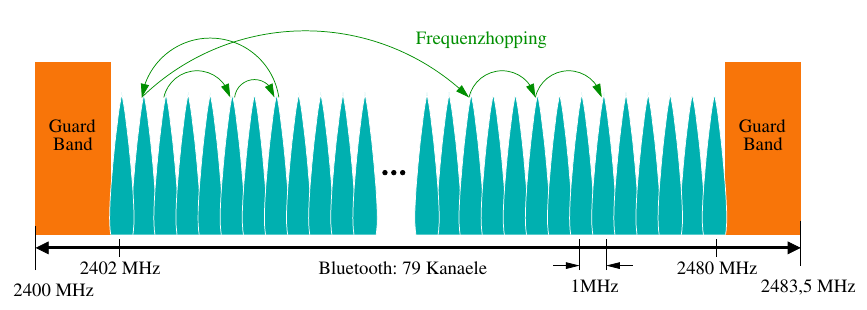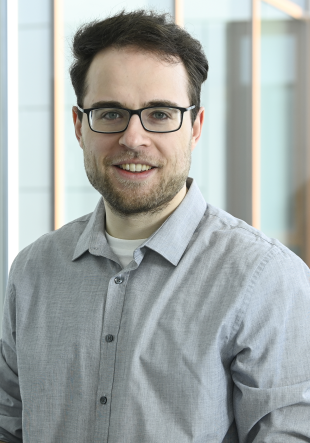Wireless Communications
Short Description
The course on Wireless Communications presents an introduction into the fundamentals and practical systems in the field of wireless communications. Based on thorough description of the characteristics of a wireless communication channel the principle approaches to reliable communication over frequency nonselective and frequency selective channels are presented, such as time diversity, space diversity (including MIMO) and frequency diversity. Practical cellular systems will also be described.
Contents
- Pulse amplitude modulation and orthogonal multi-pulse modulation
- Optimal detection
- Channel models for mobile radio
- Treatment of intersymbol interference
- Error rate on frequency nonselective Rayleigh Fading channel
- Diversity schemes: time, space, and frequency diversity
- Channel coding
- Cellular systems
Learning Outcomes & Competences
After completion of the course students will be able to
- develop a discrete-time statistical channel model for a given physical description of a wireless communication channel,
- explain the techniques and algorithms used in the Physical Layer of a wireless communication system,
- understand the fundamental design options an decisions taken to realize reliable communication over time variant and frequency selective or nonselective fading channels,
- appreciate and categorize the techniques used in modern cellular communication systems to realize reliable communication,
- trade off the advantages and disadvantages of different transmission techniques with respect to bandwidth and power efficiency as well as number of users to be served,
- select and design an appropriate transmission technique for a wireless channel,
- simulate and analyze simple communication systems using modern software tools.
Key qualifications
The students
- can transfer and apply the concept of linear vector spaces to signal processing tasks other than for wireless communications,
- can apply the skills about the generation of data, simulation of systems and analysis of experimental results using modern software tools, that have been acquired in this course, to other disciplines,
- can work cooperatively in a team and subdivide an overall task into manageable subtasks and work packages.
Implementation
- Lectures predominantly using the blackboard or overhead projector, as well as presentations of (PowerPoint) slides,
- exercise classes with exercise sheets and demonstrations on computer and
- implementation of discrete-time channel models and building blocks of a wireless communication system using modern software tools; evaluation and presentation of the simulation results.
Proposed literature
- Häb-Umbach, Reinhold: Wireless Communications (Lecture notes).
- D. Tse: Fundamentals of Wireless Communication, Cambrige University Press, 2006: Excellent textbook. Some parts are a basic help for the lecture.
- K. D. Kammeyer: Nachrichtenübertragung, Teubner, 2004 : Good German textbook.
- P. Höher: Grundlagen der digitalen Informationsübertragung, Springer, 2013: A more recent textbook, written in German.



